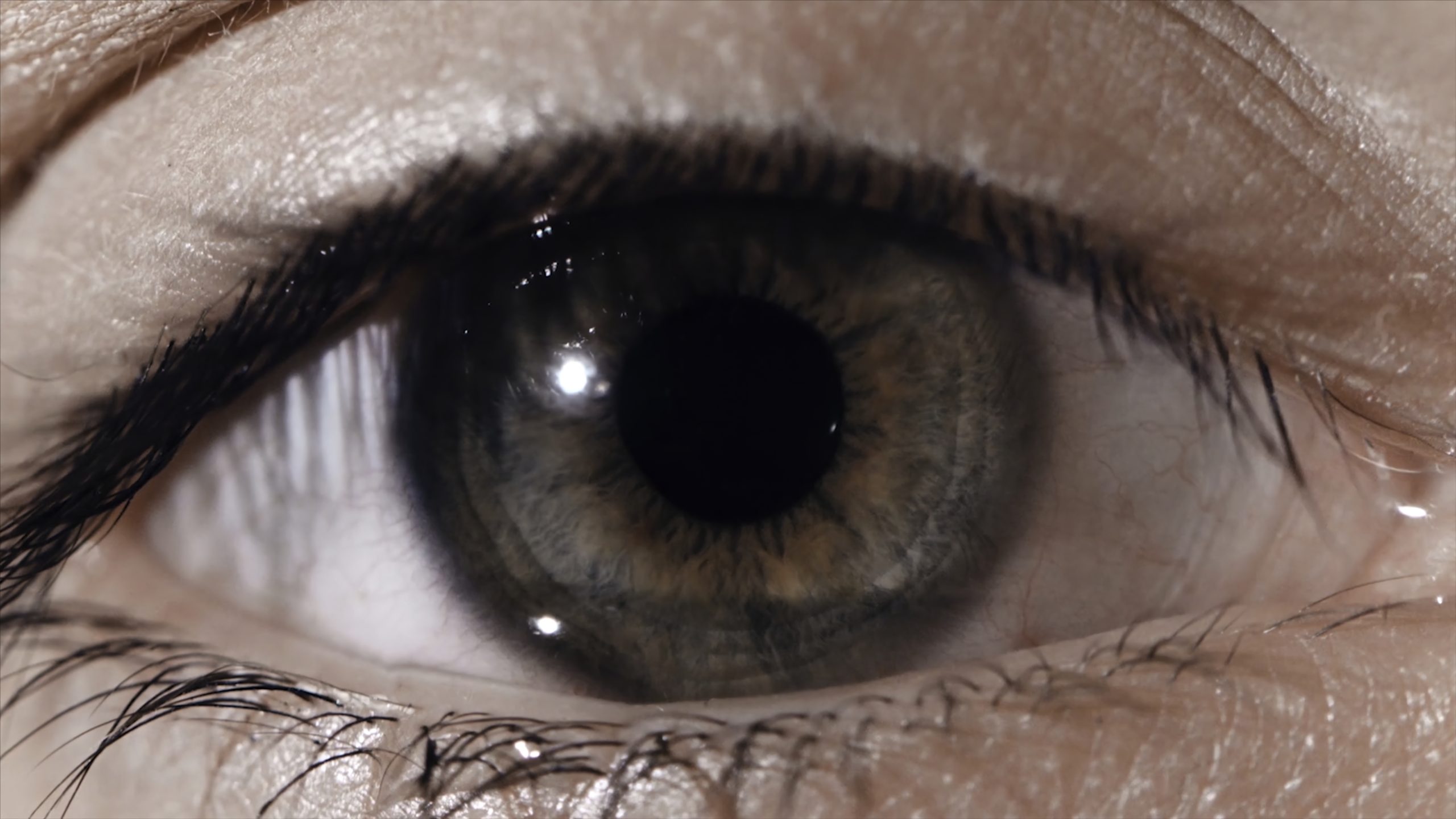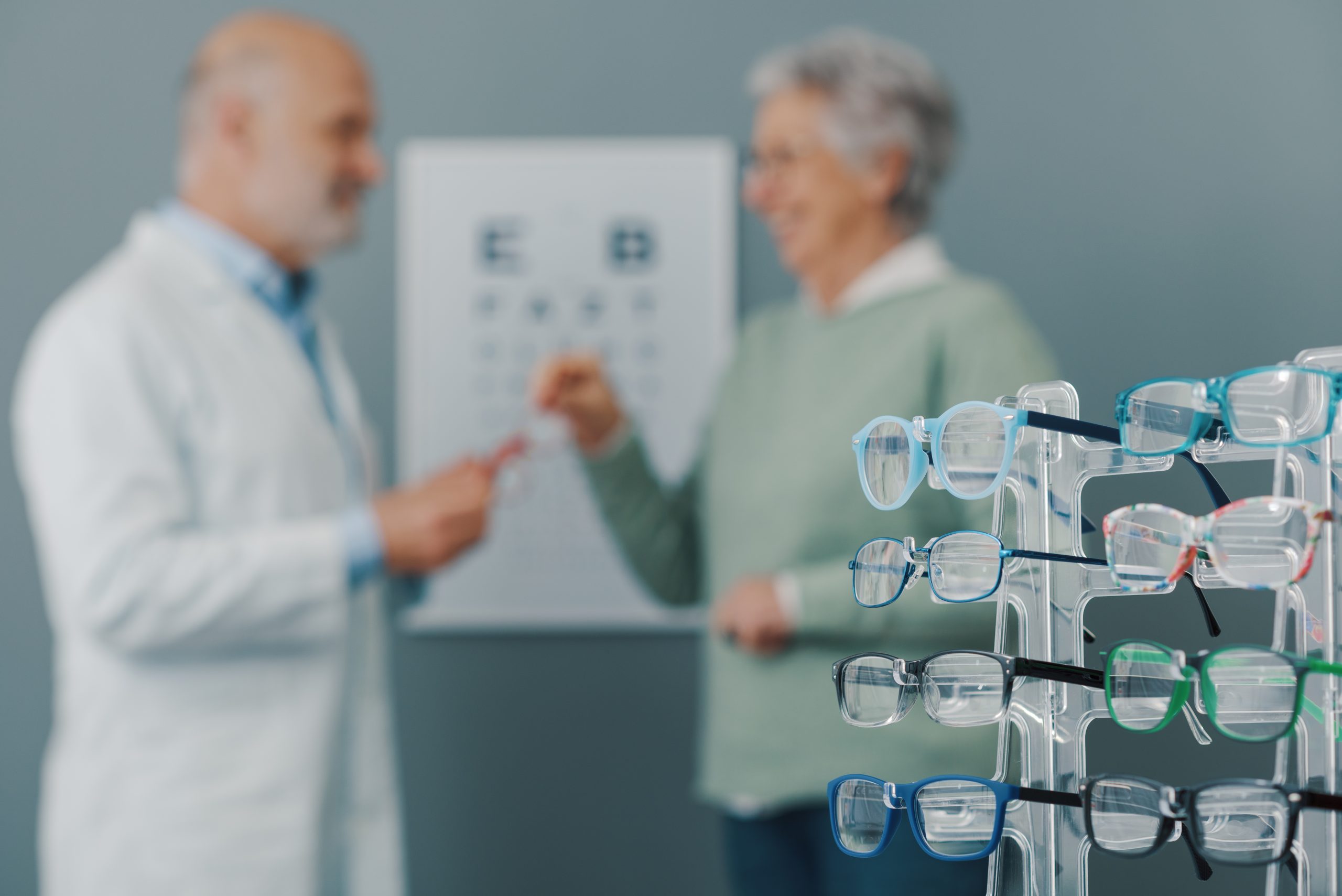Presbyopia: Embracing the Wisdom of Aging Eyes
Embark on a journey to comprehend presbyopia, a common age-related eye condition. This article serves as a guide on when to seek professional help, unveils the causes and effects, identifies risk factors, explores potential complications, and provides practical tips for managing presbyopia. Dive into the diagnostic process, discern which demographics are more susceptible, explore treatment options, and conclude with advice for maintaining optimal eye health.
Overview of Presbyopia
Presbyopia is a common age-related vision condition that affects the ability to see up close. As the eye ages, the natural lens becomes less flexible, making it challenging to focus on near objects. Understanding the symptoms, causes, and associated risk factors is crucial for managing and addressing presbyopia effectively.
Symptoms
- Blurred Vision for Close Objects:
- Difficulty focusing on close-up tasks such as reading, sewing, or using a smartphone, leading to blurred vision.
- Eye Strain:
- Fatigue or discomfort in the eyes, especially after prolonged periods of reading or other near work.
- Headaches:
- Occasional headaches, particularly when engaged in activities requiring prolonged close attention.
- Need for Increased Lighting:
- Requiring more light to see clearly up close, a common sign of presbyopia.
Causes
- Aging of the Lens:
- The primary cause of presbyopia is the natural aging process. Over time, the eye’s lens becomes less flexible and loses its ability to easily change shape for close focus.
- Reduced Accommodative Ability:
- The eye relies on the ciliary muscle to change the shape of the lens. With age, this muscle weakens, reducing the eye’s accommodative ability.
- Changes in Lens Protein:
- Proteins within the lens undergo changes, causing it to become stiffer and less responsive to adjustments, impacting its ability to focus on close objects.
- Genetic Factors:
- Family history plays a role, suggesting a genetic predisposition to developing presbyopia.
What Happens Because of the Condition
- Loss of Near Vision Clarity:
- The main consequence of presbyopia is a gradual loss of the ability to see clearly for close-up tasks, affecting activities like reading and crafting.
- Impact on Daily Activities:
- Presbyopia can significantly impact daily activities that require close vision, leading individuals to hold reading materials at arm’s length to compensate.
- Dependency on Reading Glasses:
- Many individuals with presbyopia find relief by using reading glasses. These corrective lenses help to magnify close-up objects and restore clarity.
Risk Factors
- Age:
- The risk of developing presbyopia increases with age, typically becoming noticeable around 40 years old.
- Genetics:
- A family history of presbyopia may indicate a higher likelihood of developing the condition.
- Other Vision Conditions:
- Individuals with pre-existing vision conditions, such as hyperopia (farsightedness), may experience presbyopia earlier.
- Environmental Factors:
- Prolonged exposure to tasks that demand intense focus, such as extensive reading or computer use, may contribute to the development of presbyopia.
Diagnosis
Presbyopia is typically diagnosed through a comprehensive eye examination. This involves various tests to assess your vision at different distances:
During a visual acuity test, you read from an eye chart to measure how well you see at various distances. The refraction test helps determine the specific eyeglass prescription needed to correct presbyopia. Additionally, a near vision test involves reading a text at a close distance to evaluate your near vision.
Treatment Options
Several treatment options are available to address presbyopia and improve near vision:
Reading glasses with a prescription for close-up vision are a common and effective solution. Bifocals or multifocal lenses incorporate multiple prescriptions for near, intermediate, and distance vision. Progressive lenses provide a seamless transition between different prescriptions within a single lens. Contact lenses, both multifocal and monovision, offer alternative options for presbyopia correction. Refractive surgery procedures like LASIK or conductive keratoplasty may be considered for some individuals.
Complications
Without proper correction, presbyopia can lead to various complications, including:
Eyestrain from prolonged periods of close work. Occasional headaches due to straining to see up close. Impaired near vision, impacting activities that require close vision. Reduced work efficiency in tasks involving reading or fine detail work.
Prevention
Several strategies can help prevent and alleviate the impact of presbyopia:
Regular eye exams are crucial for early detection and timely correction. Proper correction, such as wearing reading glasses or prescribed lenses, is essential. Ensuring good lighting during close tasks helps reduce strain on the eyes. Adjusting the work environment ergonomically minimizes eye strain during close tasks. Maintaining an eye-friendly lifestyle, including a balanced diet, regular exercise, and protection from excessive UV exposure, contributes to overall eye health.
Medications
If you experience any of the following visual changes or symptoms, it is advisable to consult an eye care professional:
- Blurred Vision:
- Sudden or gradual blurriness in your vision may indicate the need for an eye examination.
- Difficulty Seeing in Low Light:
- If you struggle to see clearly in low-light conditions, it’s a sign to seek professional advice.
- Eye Pain or Discomfort:
- Persistent eye pain or discomfort requires prompt attention from a doctor.
- Changes in Vision Prescription:
- If you notice frequent changes in your eyeglass or contact lens prescription, it’s time to schedule an eye exam.
- Floaters or Flashes:
- The sudden appearance of floaters or flashes of light in your vision should be evaluated by a professional.
Demographics More Susceptible
Certain demographic groups are more prone to eye conditions, emphasizing the importance of regular eye check-ups:
- Age Group:
- Individuals aged 60 and older are at a higher risk of various eye conditions, making regular eye exams essential.
- Family History:
- Those with a family history of eye diseases may have an increased susceptibility and should be vigilant about eye health.
- Diabetic Individuals:
- People with diabetes are more prone to diabetic retinopathy and other eye complications, necessitating regular eye check-ups.
- Children:
- Children, especially those with a family history of eye issues or learning difficulties, benefit from early and regular eye examinations.
- Contact Lens Wearers:
- Individuals who wear contact lenses are at an increased risk of certain eye conditions and should adhere to regular eye check-ups.
Follow-up Care for Adults and Children
For Adults:
- Postoperative Care:
- Adhering to postoperative care guidelines after eye surgeries, such as cataract surgery or LASIK.
- Regular Eye Exams:
- Scheduling routine eye exams to monitor changes in vision and detect potential issues early.
- Addressing New Symptoms:
- Seeking immediate attention if new visual symptoms or changes occur.
For Children:
- Pediatric Eye Exams:
- Regular eye exams for children to monitor vision development and detect any issues early.
- Educational Support:
- Providing educational support if vision problems impact learning or daily activities.
Conclusion
In conclusion, regular eye care is crucial for maintaining optimal vision and detecting potential issues early. Whether you are an adult or a child, seeking prompt medical attention for any changes in vision or symptoms is essential. By understanding the demographics more susceptible to eye conditions and emphasizing follow-up care, individuals can take proactive steps to preserve their eye health. Remember, regular eye check-ups contribute to a lifetime of clear and healthy vision.
World Eye Care Foundation’s eyecare.live brings you the latest information from various industry sources and experts in eye health and vision care. Please consult with your eye care provider for more general information and specific eye conditions. We do not provide any medical advice, suggestions or recommendations in any health conditions.
Commonly Asked Questions
No, presbyopia itself does not lead to blindness. It is a natural aging process that can be effectively managed with vision correction.
While presbyopia is more common in the 40s, some individuals may notice early signs in their 30s. Regular eye check-ups help monitor changes.
Yes, it’s possible for presbyopia to affect each eye differently. Prescription eyeglasses or contact lenses can be customized for each eye’s needs.
While no natural remedies can reverse presbyopia, maintaining a healthy lifestyle and minimizing eye strain can support overall eye health.
Surgical options, such as multifocal intraocular lenses, are available to correct presbyopia. Consult with an eye care professional for personalized advice.
Yes, presbyopia tends to progress with age. Regular eye check-ups help monitor changes, and vision correction can be adjusted accordingly.
While both involve difficulty seeing close-up objects, presbyopia is an age-related loss of near vision, whereas farsightedness is a refractive error.
Presbyopia primarily affects close-up vision. Individuals may need separate glasses for distance vision or use multifocal lenses.
Reading glasses or other vision correction methods are commonly prescribed to manage presbyopia and improve close-up vision.
Presbyopia is a natural part of aging and cannot be prevented. However, adopting healthy eye habits can contribute to overall eye health.
news via inbox
Subscribe here to get latest updates !







